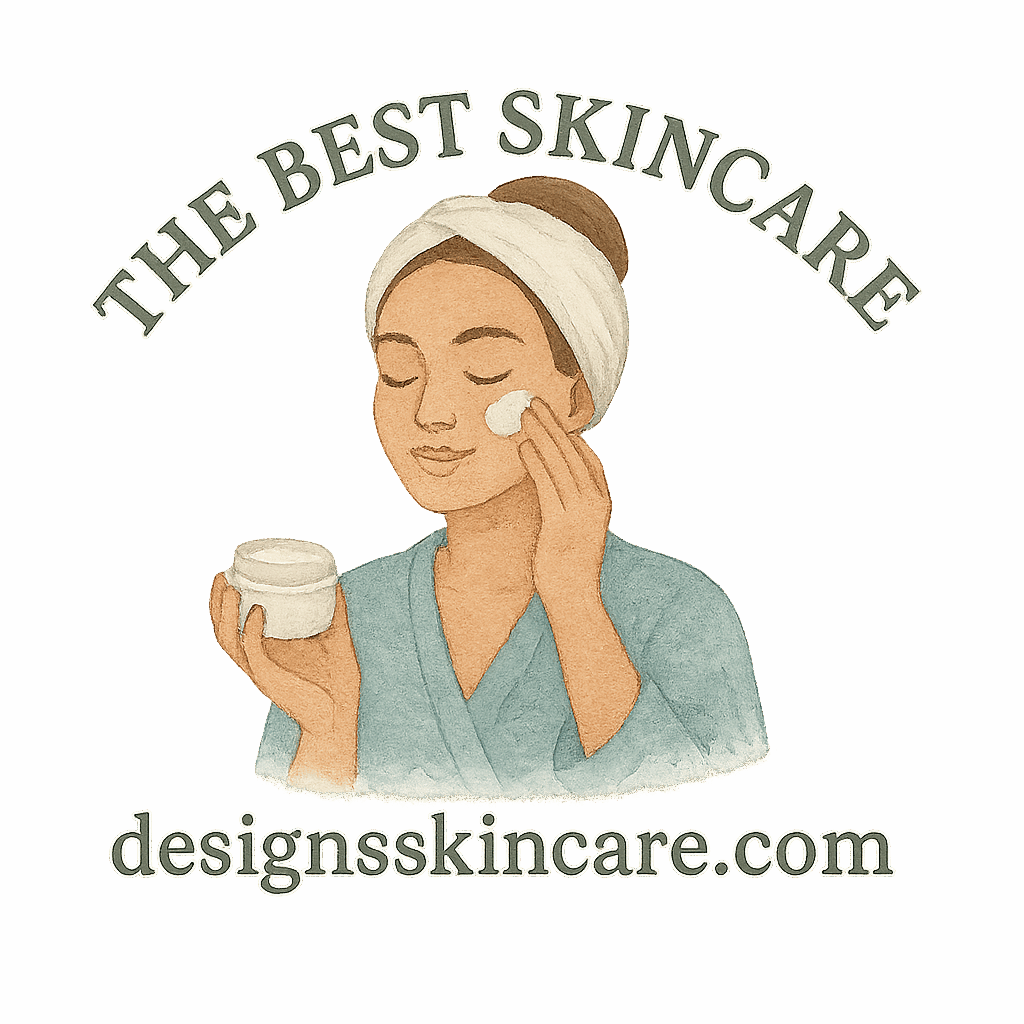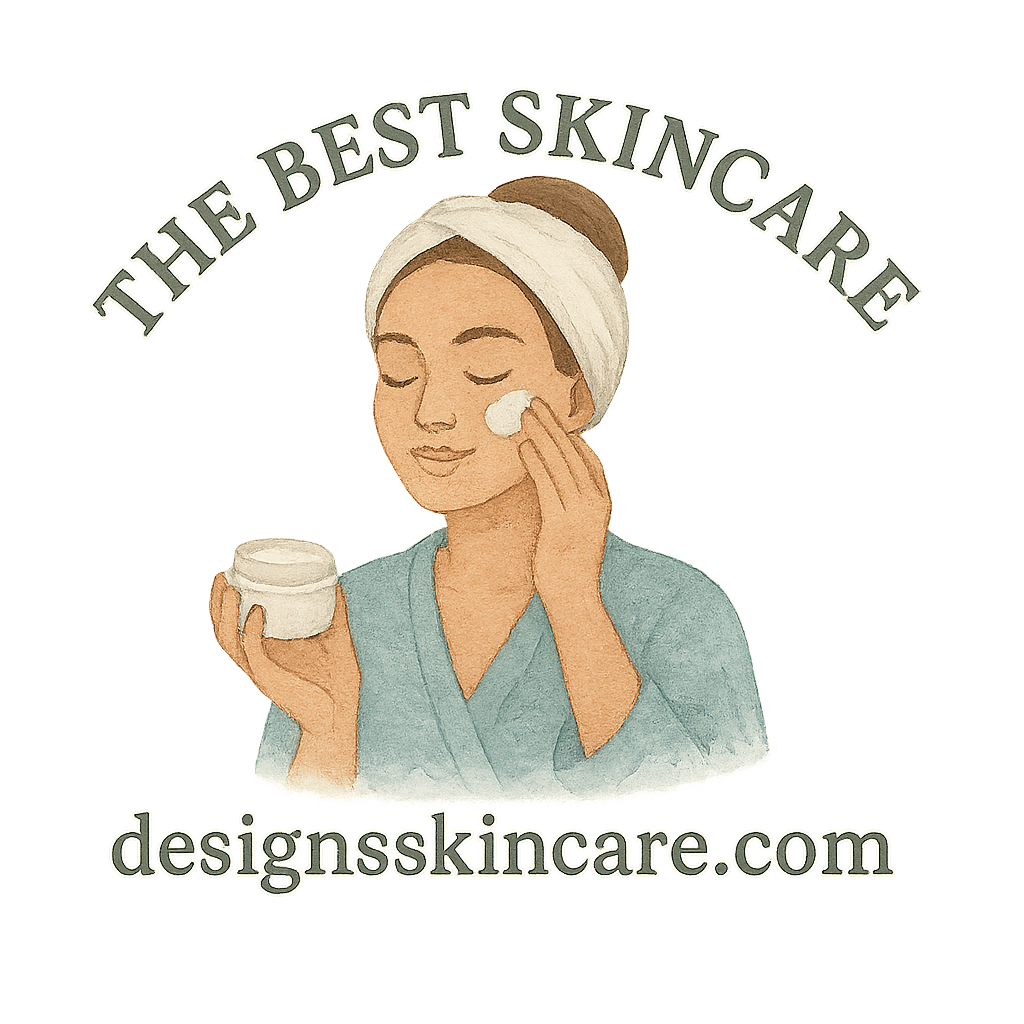Introduction to Skincare Ingredients
Ever stared at the back of a skincare bottle and felt like you were reading a different language? You’re not alone. Understanding what’s in your skincare products can feel like decoding ancient scrolls. But don’t worry—I’m here to break down 12 of the most common skincare ingredients in a way that actually makes sense.
Why Understanding Ingredients Matters
Knowing what you’re putting on your face matters. Whether you want glowing skin, want to manage acne, or you’re dealing with dryness, understanding ingredients helps you pick the right products for your skin goals.
And hey, when you understand ingredients, you’re less likely to fall for clever marketing and more likely to choose what really works.
Check out some great info on skincare-by-skin-type and skincare-by-age to dive deeper into what’s best for you.
Navigating Ingredient Lists Made Simple
Here’s a tip: ingredients are listed in order of concentration. The higher it is on the list, the more of it the product contains. So if the star ingredient is all the way at the bottom? You might not be getting much of it.
Now let’s dive into the real deal—what these common ingredients actually are.
The Big 12 Skincare Ingredients Explained
1. Hyaluronic Acid
What It Is
Hyaluronic acid is a moisture magnet. It’s a naturally occurring substance in your body that holds up to 1,000 times its weight in water.
Why Your Skin Loves It
Dry skin? This one’s your new BFF. It plumps up your skin and keeps it hydrated, making fine lines less noticeable. Pair it with moisturizers for a hydration boost that sticks.
How to Use It Right
Always apply to slightly damp skin and lock it in with a moisturizer. Otherwise, it can pull moisture from your skin instead of into it.
2. Retinol (Vitamin A)
What It Is
A derivative of vitamin A, retinol is one of the most researched anti-aging ingredients out there.
Best Uses and Benefits
It increases cell turnover, reduces wrinkles, and improves skin tone and texture. Ideal for night use.
When and How to Apply
Start slow—maybe two nights a week—and always follow with a good hydrating routine. Avoid mixing with other acids unless you’re a skincare pro.
3. Vitamin C
Brightening Superpower
Vitamin C helps brighten skin, fade dark spots, and protect against environmental damage. Great for morning routines under sunscreen.
What to Pair It With
It works beautifully with niacinamide and SPF. Just don’t pair it with retinol.

4. Niacinamide
Blemish-Busting and Oil Control
This form of vitamin B3 helps reduce the look of pores, regulates oil, and calms inflammation.
Perfect for Sensitive Skin
It’s gentle and works well with other ingredients like hyaluronic acid, peptides, and even retinol.
5. Salicylic Acid
The Acne Fighter
A beta-hydroxy acid (BHA) that penetrates deep into pores, breaking up excess oil and clearing out debris.
Who Should Use It
Ideal for oily and acne-prone skin. Start with a lower concentration if you’re new to acids.
Explore more on skincare-acne if you’re battling breakouts.
6. Glycolic Acid
Gentle Exfoliation 101
An alpha-hydroxy acid (AHA) derived from sugar cane. It exfoliates dead skin cells and promotes cell turnover.
Avoiding Overuse
Too much can irritate your skin. Use 1–3 times per week depending on your skin’s tolerance.
7. Ceramides
Skin Barrier Heroes
Ceramides are lipids (fats) that make up over 50% of your skin. They help hold the skin together and retain moisture.
How They Work with Moisturizers
Look for them in creams and moisturizers, especially if you have dry or sensitive skin. Explore more dry skin tips.
8. Peptides
Anti-Aging Agents
Peptides are amino acids that help build proteins like collagen and elastin. Think of them as messengers that tell your skin to repair itself.
Where to Find Them
They’re in serums, eye creams, and some moisturizers. Great for firming and smoothing fine lines.
9. Zinc Oxide
Sun Protection 101
A mineral sunscreen ingredient that physically blocks UV rays. Offers broad-spectrum protection.
For Sensitive and Acne-Prone Skin
Gentle and non-comedogenic. It’s often recommended in travel skincare for its all-around protection.
10. Aloe Vera
Soothing and Cooling
You know this one. Aloe’s been used for centuries to calm irritated skin and sunburns.
Natural Moisturizer
Perfect in gels and lightweight creams. Use it after sun exposure or shaving.
11. Green Tea Extract
Antioxidant Power
Rich in polyphenols, green tea extract helps fight free radicals and reduce inflammation.
Perfect for Redness
Calms irritated, red, or inflamed skin. A dream ingredient for rosacea-prone folks.
12. Shea Butter
Intense Hydration
Thick, creamy, and ultra-nourishing. Shea butter locks in moisture and soothes cracked, dry skin.
Best for Dry Skin
Great for elbows, knees, and as a nighttime treatment. Learn more about hydration and moisturizers.
Building a Routine with These Ingredients
Knowing What Combines Well
Some ingredients are power couples—like hyaluronic acid and vitamin C. Others, like retinol and glycolic acid, can irritate if used together.
Creating a Balanced Skincare Routine
Start with the basics: cleanser, moisturizer, SPF. Add actives (like retinol or vitamin C) slowly and monitor how your skin reacts. Explore skincare routine guides for a step-by-step.
How to Read Skincare Labels Like a Pro
Look for active ingredients in the top 5 of the list. Avoid products with alcohol or fragrance high up on the list if you have sensitive skin. Always do a patch test with new products.
Tips for Choosing the Right Products for Your Skin Type
Check out lifestyle skincare for how to match products to your lifestyle and skin type. Dry skin? Go for ceramides and shea butter. Oily skin? Salicylic acid and niacinamide are your buddies.
Conclusion
Skincare doesn’t have to be a mystery. Once you understand the big 12 ingredients and how they work, choosing products becomes way easier—and more effective. So next time you’re reading a label, you’ll know exactly what your skin is getting and why. Knowledge is beauty, after all.
For more deep dives, check out skincare ingredients and explore tags like product guide and skincare tips.
FAQs
- Can I use vitamin C and retinol together? It’s best to use vitamin C in the morning and retinol at night to avoid irritation.
- How long does it take to see results from skincare ingredients? Results vary, but most take 4–8 weeks of consistent use.
- What’s the best ingredient for anti-aging? Retinol is the gold standard, but peptides and vitamin C are great too.
- Are natural ingredients always better? Not necessarily. Some natural ingredients can still irritate the skin. Focus on what works for your skin.
- Can I layer all these ingredients at once? Nope. Too many actives can irritate your skin. Start simple and build your routine.
- How do I know if an ingredient is causing a breakout? Introduce one new product at a time. If you break out, remove it and try again in a week.
- Where can I learn more about skincare routines? Check out this helpful skincare routine guide to start building your ideal regimen.


